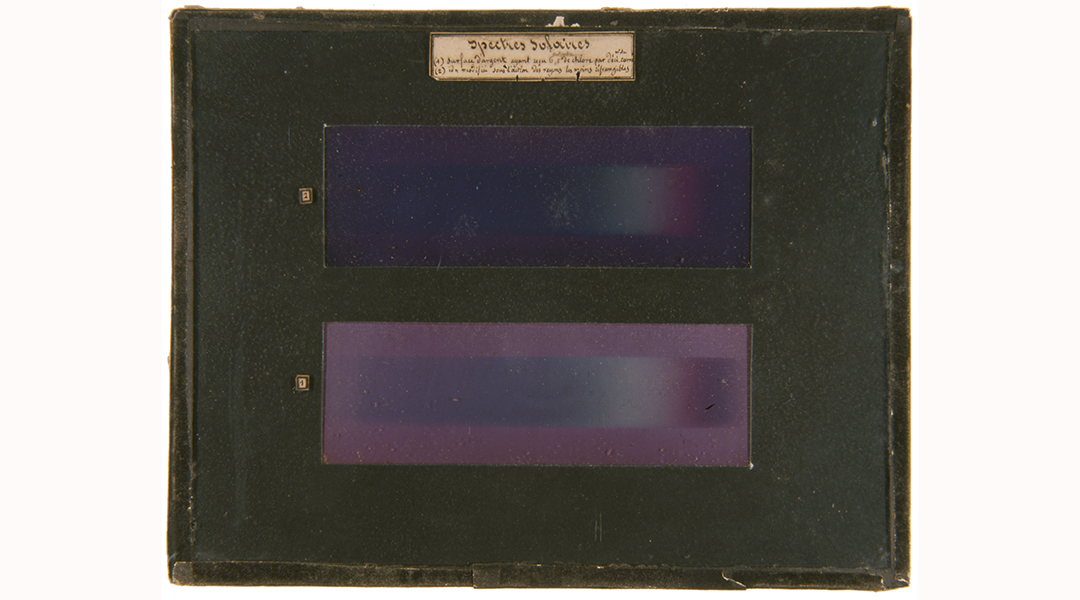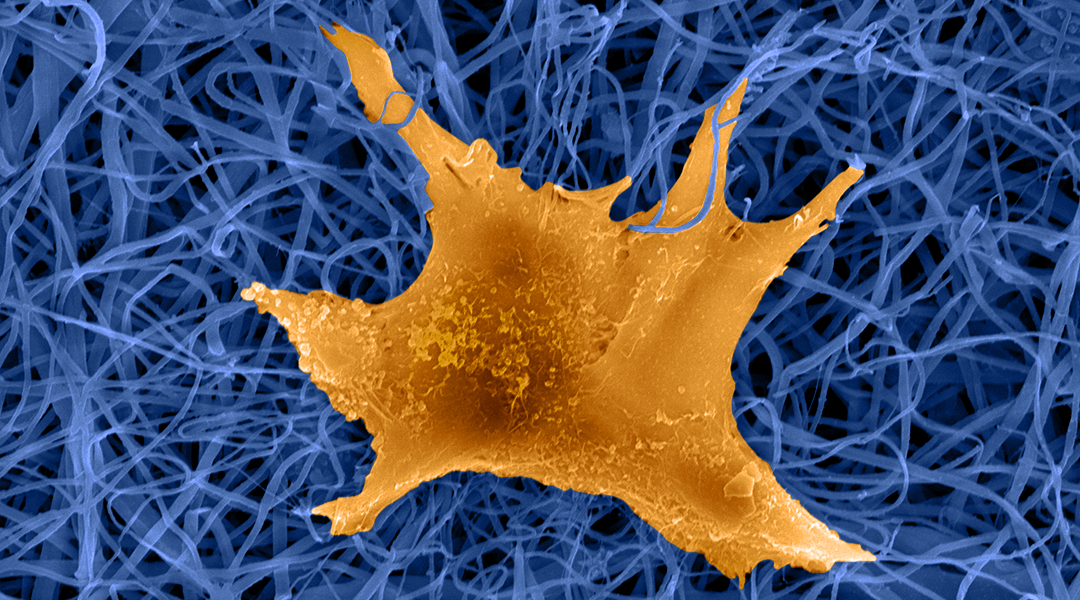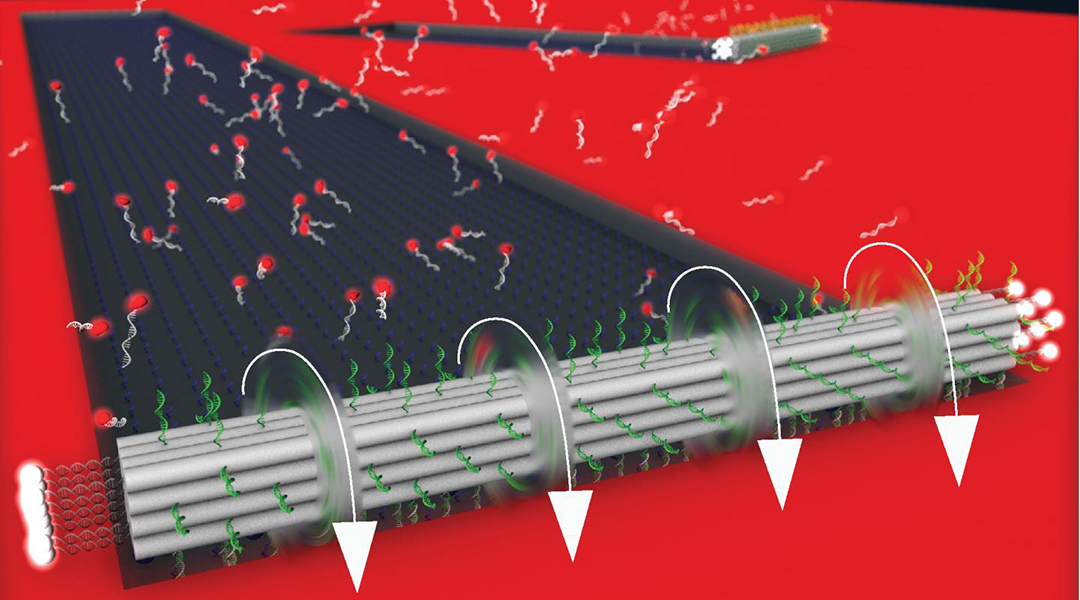Scientists have developed a method for precise, fast, and high-quality laser processing of halide perovskites, promising light-emitting materials for solar energy, optical electronics, and metamaterials.


Scientists have developed a method for precise, fast, and high-quality laser processing of halide perovskites, promising light-emitting materials for solar energy, optical electronics, and metamaterials.

Near-infrared sensors and displays developed based on the maximized efficiency of optical wavelength conversion.

Mystery solved! Scientists finally understand the origin of the colors observed in the first color photographs taken by physicist Edmond Becquerel in 1848.

A cost‐effective and environmentally benign inkjet‐printing technique with resolution of less than 10 µm.

Bridging the gap between biology and electronics, researchers develop biocompatible materials for next generation biosensors, cell monitoring, neuromorphic computing, and more.

Electrospinning is an emerging fabrication technology that holds great promise in advancing skin tissue engineering and in developing an array of novel therapies.

Scientists pave way for nanobots to one day diagnose and treat disease with the first DNA-based motor to run on chemical energy.

Researchers at Dartmouth have developed a miniature robotic bug that has a flexible body, is easily maneuverable, and can be completely flattened without damaging its functionality.

The importance of understanding the experimental process is ubiquitous in research. And while we have a huge range of techniques at our disposal, we should be aware of and properly consider their limitations, so that we may present reliable methods and conclusions to...

Researchers design a porous 3D graphene lubricant composite for harsh conditions and high loads.